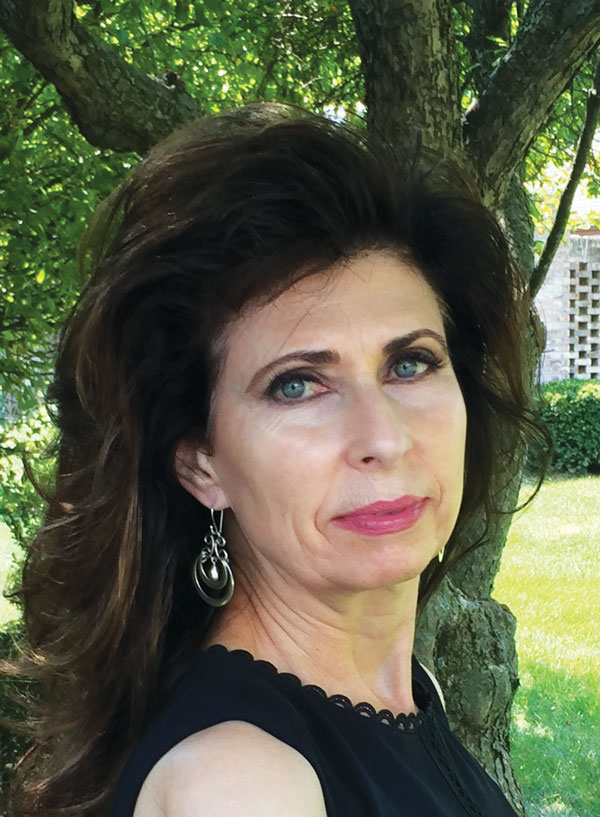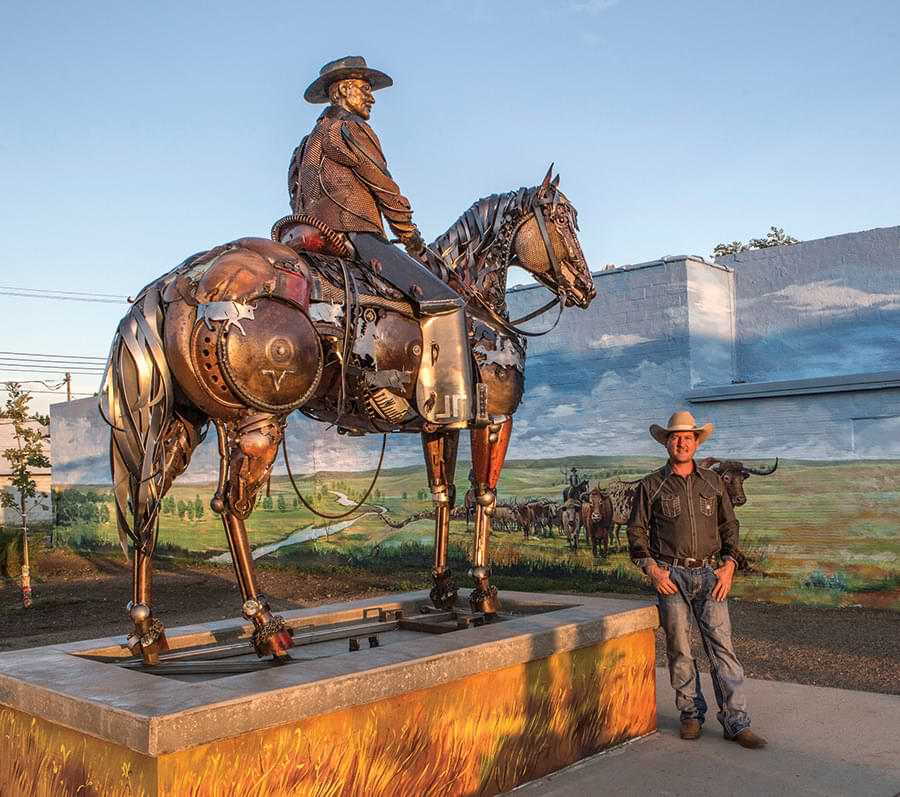
From the Editor
What’s Your Story?
f you look up the word “story,” it’s defined as an account of past events in someone’s life or in the evolution of something. When the World Wide Web was launched to the public in 1991, social networking services, video-sharing websites and apps followed at a dizzying pace. These electronic outlets made it possible for anyone with a computer, phone or tablet to “tell” their stories in real time.
But the art of storytelling goes far beyond that of a digital footprint. Visual storytelling can be traced to the Chauvet cave paintings, dated 30,000 BC. The first Biblical stories were passed down orally. The first photograph was followed by mass media outlets established for newspapers and magazines. Digital storytelling actually began in 1939 with the first network television broadcast.
My grandfather was a storyteller. Family history was preserved and passed down orally. There is no photographic record of my mom’s side of the family. Cameras weren’t available in the backcountry and film would have been too expensive, costing more at the time than a dress or a pair of shoes. But my grandfather made the story of how his relatives left Ireland for America and ultimately settled in Virginia’s Appalachian mountains come to life with his words.

In this issue, I’m excited to introduce FFJournal readers to John Lopez. The South Dakota native has created his own storytelling language with his life-size hybrid metal sculptures. His pieces employ a combination of bronze castings and scrap gleaned from surrounding ranches and the occasional junkyard. He incorporates relics, memorabilia and other metal finds to weave seemingly unrelated pieces into a cohesive animal that quivers with energy and looks as though it might leap into action at any moment. Lopez pays homage to ranch life on the Dakota prairie and to the cowboys who work there. The one-time apprentice has mastered the skills of mixing materials with that of a consummate fabricator and an inspired sculptor. Lopez is also a teacher, bringing young people to welding, plasma cutting and sawing, while reaching out to artists with a new way of looking at the world as one remembers the past.
Writer Søren Aabye Kierkegaard said, “Life can only be understood backwards; but it must be lived forwards.” I think that’s true. Especially when I “read” the history and life lessons embedded in the work of an artist like Lopez.
